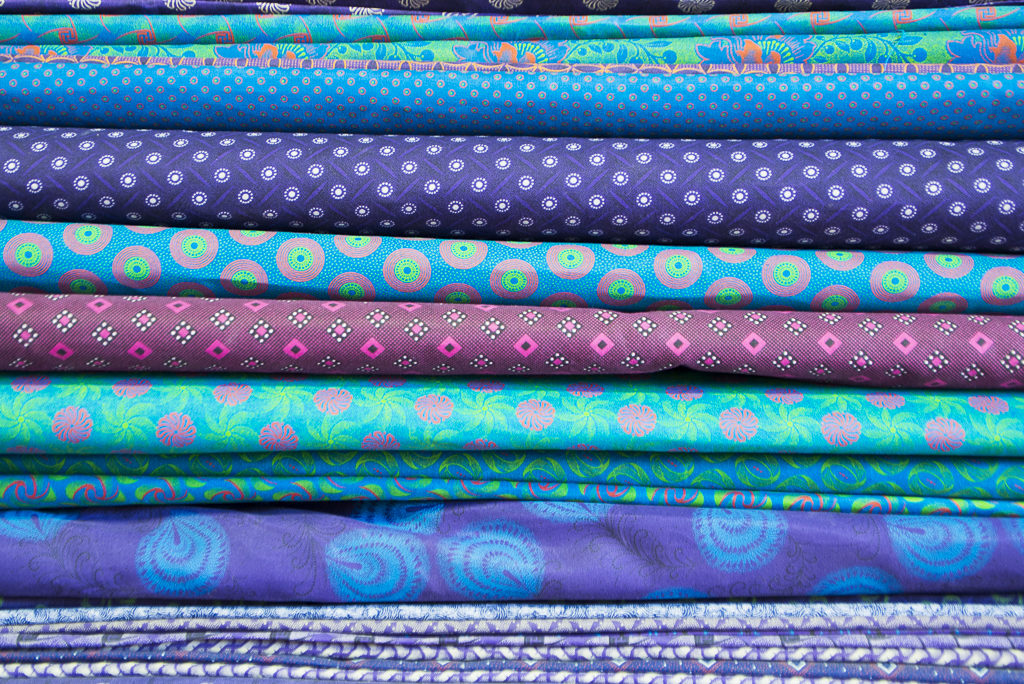
In the 19th century, French Jesuit missionaries in South Africa presented King Moshweshwe I of Lesotho with indigo printed textiles. The king so loved to wear the dark blue fabric with the white pattern that he literally kicked off an indigo craze. Henceforth, the indigo fabric was called after him – ShweShwe.
Whether this little anecdote is true or just folklore, it is a fact that Shweshwe is the most emblematic garment of South Africa, worn especially by the Xhosa people but all over the Southern continent, bridging generations, tribes and skin colors.
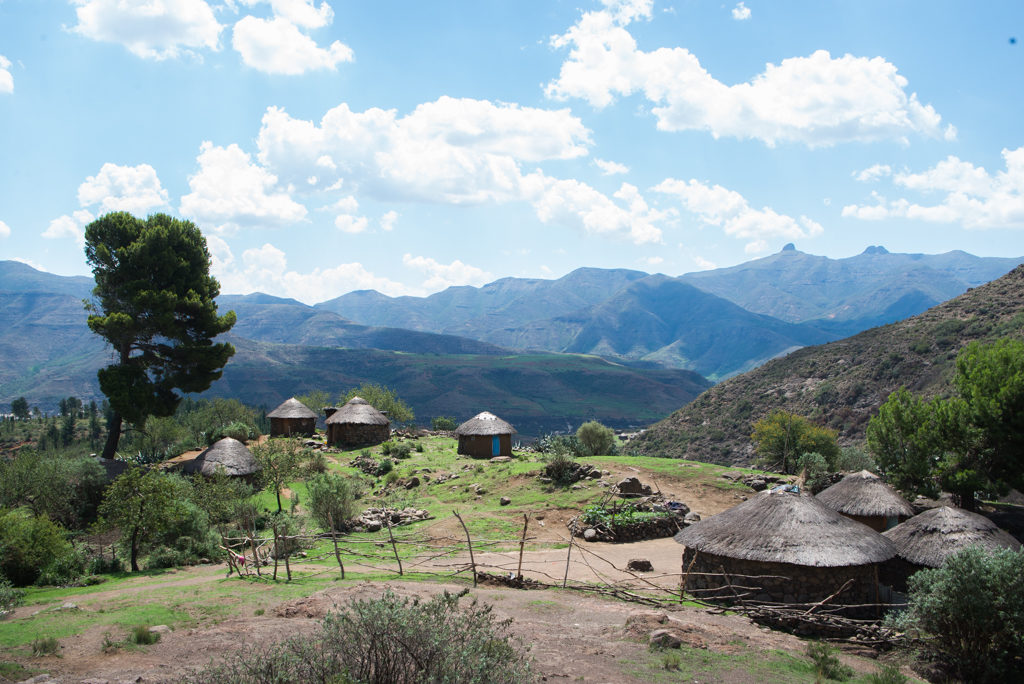
Yet the history of the so called Denim of South Africa is by far more complex, revealing the mutual exchange of different and distant cultures through history.
Indigo, the dark blue color, stems from India, where for thousands of years it was produced from the Indigofera Tinctoria plant. The Arabs traded the blue dye along with qutan (cotton) on their trade routes that span from Asia to Europe and Africa as early as the 12th century.
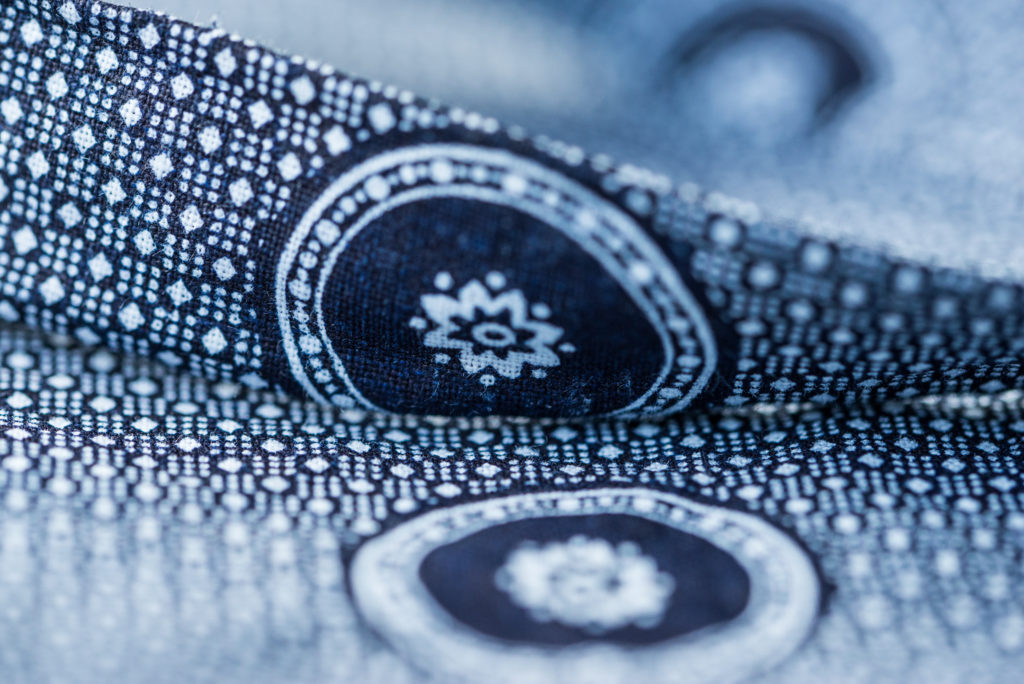
In Europe, blue color had always been used to dye fabric. Traditionally, the blue dye was gained from the woad or pastel plant, which was a complicated, labour-intensive and time consuming process. It was only in the 16th century with the import of Indigo dye as colonial merchandise that blue print really took off.
The 30year-war had left central Europe impoverished and the blue print came in handy: well applicable on coarse working fabric like linen and wool, and hard to stain; conveniently, indigo proved to be an easier and cheaper alternative to the pricey pastel plants.
Blue-dying turned into a well-established craft; apprentices on their journeyman-years spread the craft all across Europe, and with it the traditional patterns often depicting tulips and pomegranates, or meticulous geometrical designs, old patterns unchanged for centuries from ancient Egypt to the seafaring Netherlands.
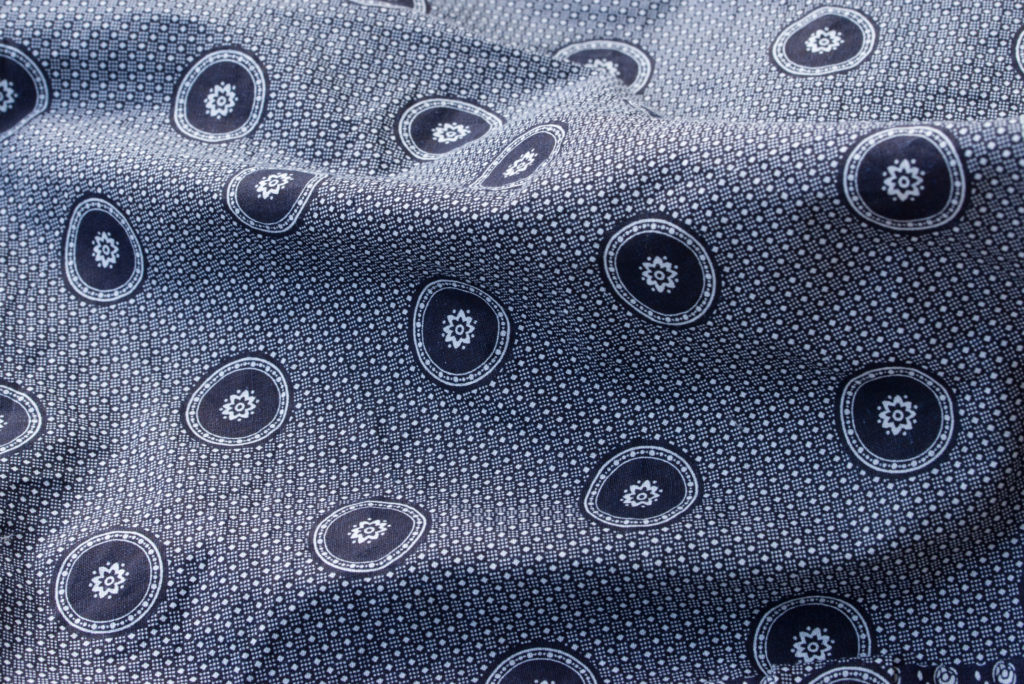
In England, after the introduction of Indian indigo, the young Isaac Newton defined indigo as one of the seven colors of the rainbow by means of a prism. He linked the seven colors to seven notes of a major scale, red, orange, yellow, green, blue, indigo and violet, with orange and indigo as semitones.
The technique of creating patterns on the blue was to first dye the entire textile, let it dry and then pass it through copper design rollers, which by emitting an acid, removed the color with utmost precision. It was still a painstaking undertaking and as soon as industrialization hit the continent, the craft disappeared. It was in Africa that blue print found a new life.
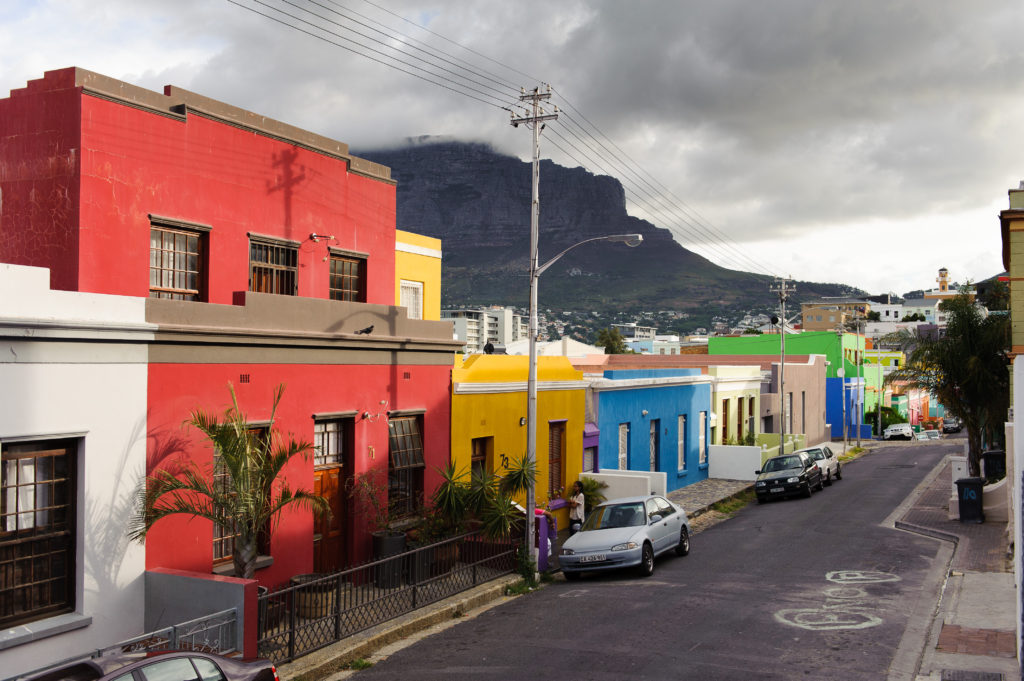
In the 17th century, the Dutch had already founded Cape Town at Africa’s Southernmost tip. Initially only a refreshment stop for their Dutch East India Company, the city now expanded. The Dutch ventured inland and engaged in trade on location – importing indigo cloth both from India and Europe. Also, German settlers that soon arrived in Southern Africa liked to dress in blaudruck – blueprint – as they had done in their home countries already. Finally the Xhosa women, inspired by either King Moshweshwe or the European immigrants, added Shweshwe to their ceremonial outfits, supplementing their traditional carmine clothes with indigo.
To meet the every growing demand of the printed fabric in Southern Africa, a certain Gustav Deutsch started producing blue print – or blaudruck – or Shweshwe – on a large scale in Czechoslovakia and Hungary. A German chemist, Bayer, had managed to synthesize Indigo and nothing stood in the way of industrialized production of blue print. In the 1930ies, however, Deutsch was forced to emigrate and resettled his factories in Lancashire, UK, producing the world’s most famous Shweshwe brand: Three Cats.
For the long transport over seas, it was important to render the clothes resistant against wetness and mold. The use of starch turned the fabric stiff and gave it a particular smell. Both stiffness and smell left the garment after washing.
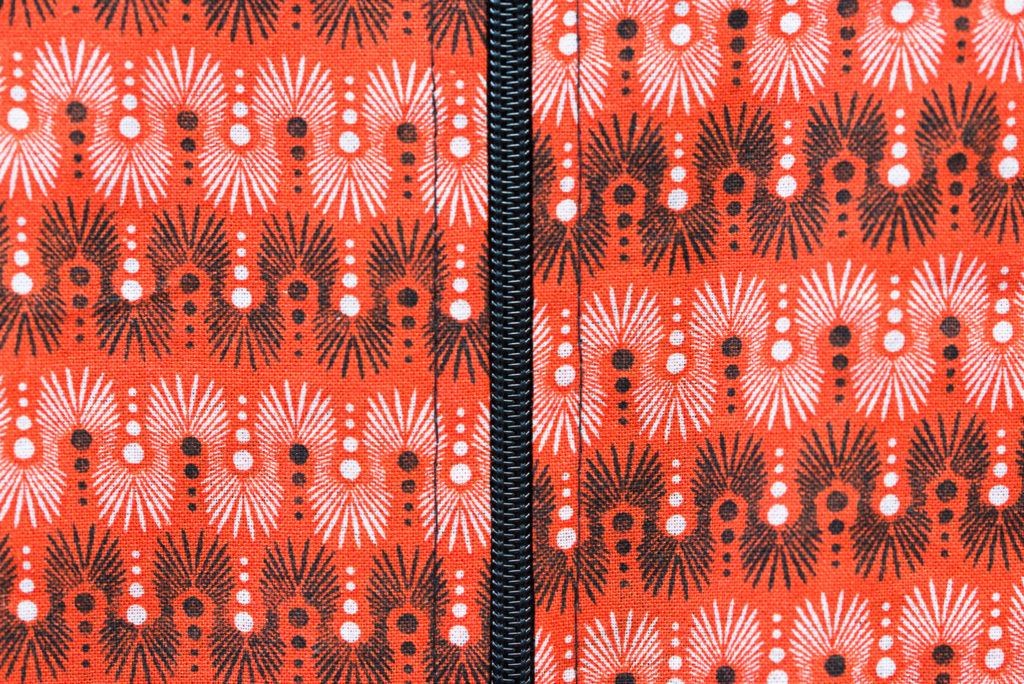
Although Shweshwe was worn for quite some time in Africa, it was only in 1982 that South Africa began the production of indigo dyed fabric. The Da Gama company, who had purchased the Lancashire fabrics from Deutsch, settled in the Zwelithsa township outside of King William’s town in the Eastern Cape, bringing its own version of the Three Cats trademark on the market, called Three Leopards. Three Leopards also produced in new colors, first red and brown then expanding to gold, pink, green and turquoise in all shades – and started growing cotton locally plus importing from neighbouring Zimbabwe. Shweshwe production boosted the Eastern Cape’s economy and jobs in the textile sector attracted people from allover South Africa.
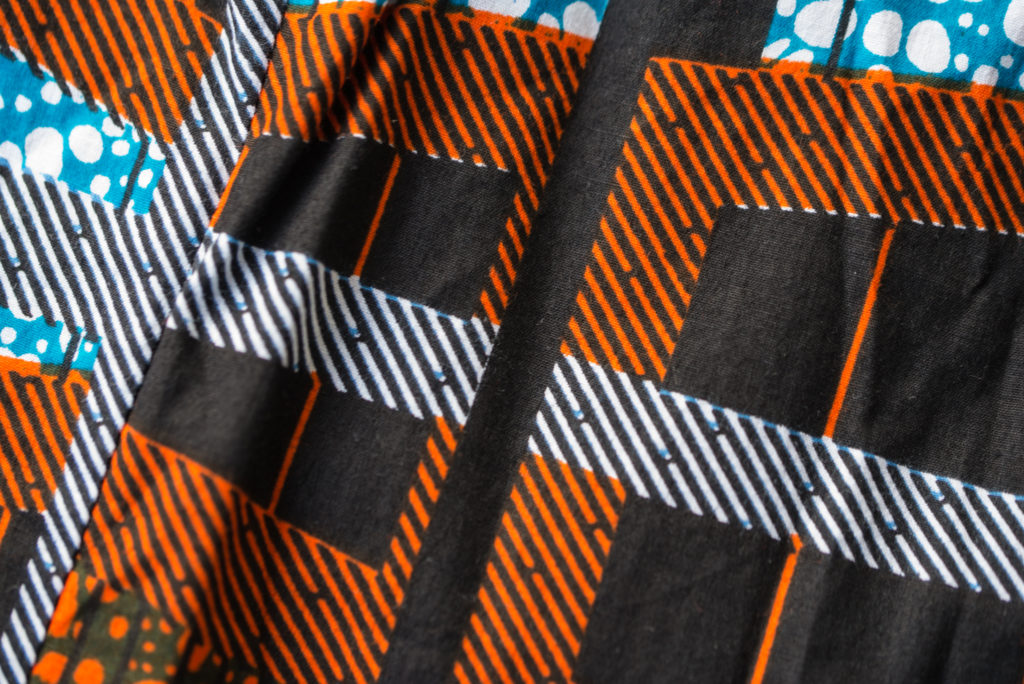
But the heydays of Da Gama are certainly over. Shweshwe production has come under pressure by cheap Chinese imports of wax print. Jobs in the South African textile sector are lost in high numbers. The Eastern Cape – which so benefited from the Shweshwe production is now stricken by unemployment and poverty.
“Just as apartheid destroyed the Afrocentricity of our fashion industry, so the Chinese are destroying what’s left – which is Shweshwe,” an executive of fashion industry in Johannesburg is quoted.
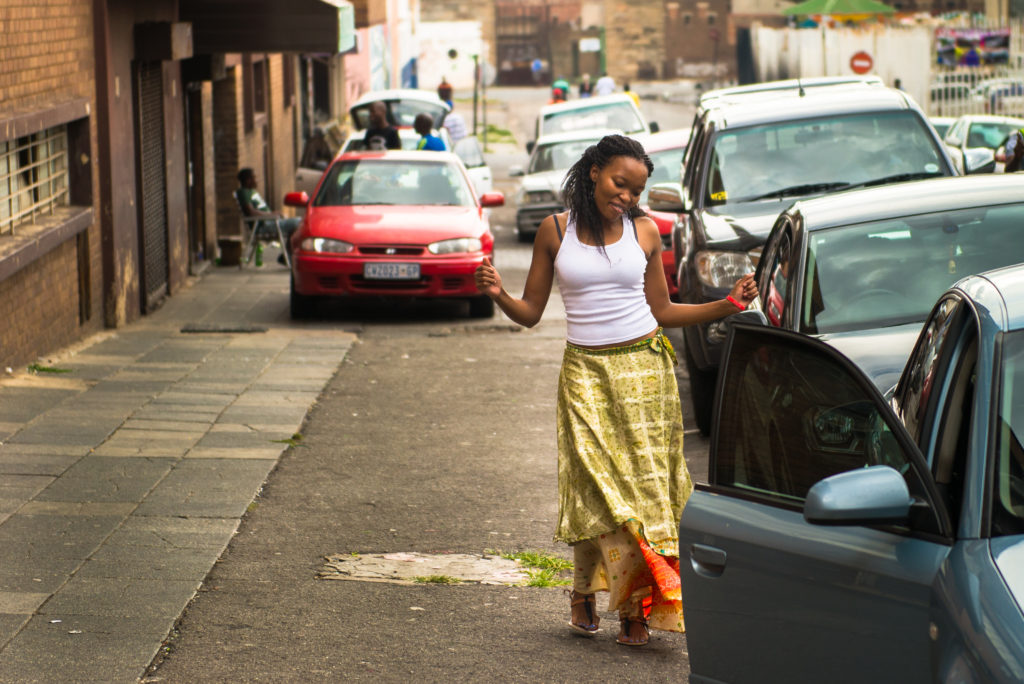
But there is a young new generation of fashion designers in the big cities, Capetown and Johannesburg, who use Shweshwe in their design – still holding up against low quality imports by using exclusively high quality South African Shweshwe. As any responsible consumer, they know how to tell the original from the counterfeit: The trademark starch, the smell, and the standardized 90cm wide fabric of Da Gama.
Some people claim that indigo is simply blue, or indiscernible from blue to the naked eye. It’s not. It’s more purple. It’s closer to black. It’s rich and dramatic. It’s born in Africa, it’s born in Europe. It’s born in India. It’s starched by time, by bad weather and history.
It’s the colour of the rainbow nation.
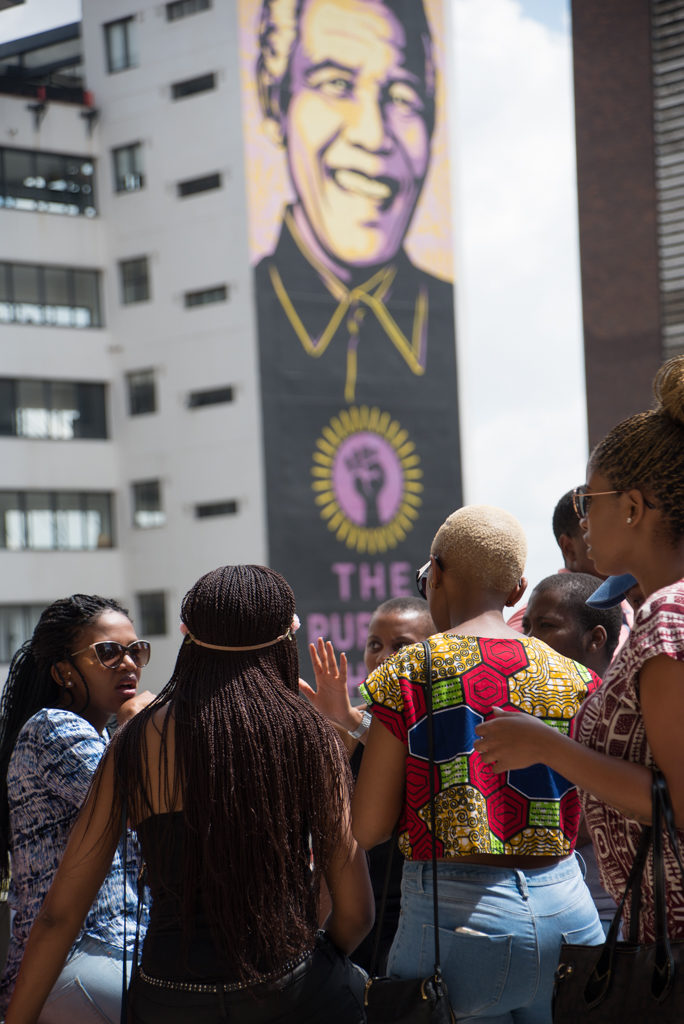
The famous mural in central Johannesburg:
